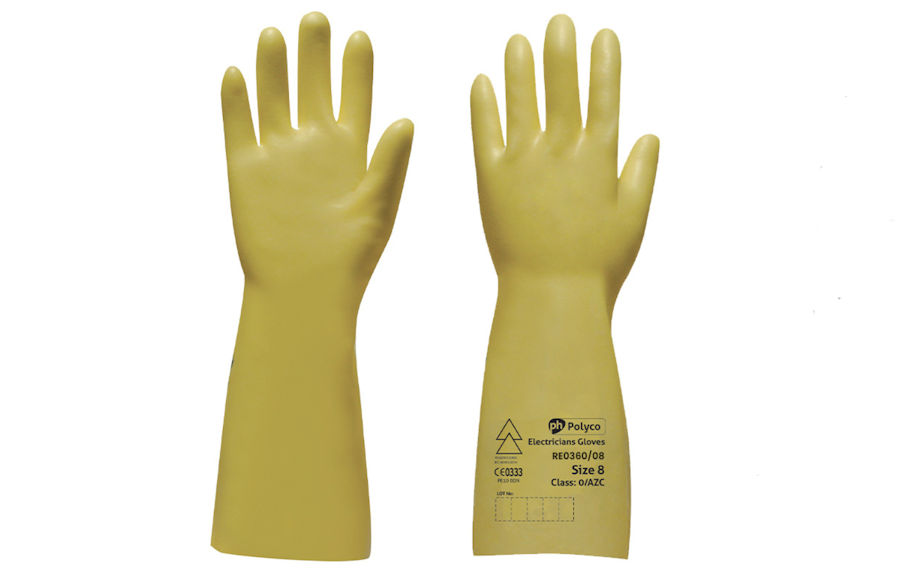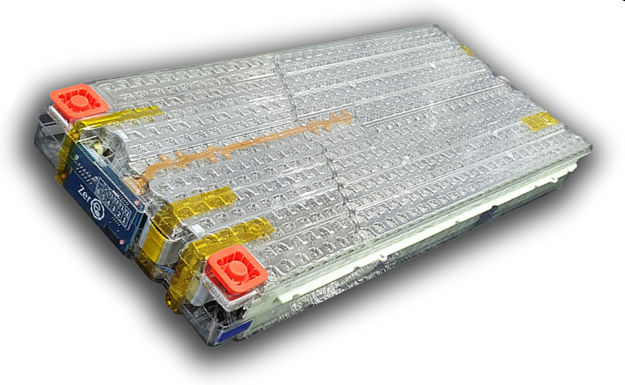

The battery used in an electric car is always going to be a compromise between weight & size, against performance & range. The base level battery will be about 30kWh and weigh about 200kg. If you require faster charging, this will need to be a 200V battery or more higher. Lower voltage batteries (e.g. 100V) are limited to Type 2 charging and a maximum rate of 7.4kW.
There will also need to be a 12V battery and associated management system, for things like wipers, the entertainment system and lighting.
One advantage of a smaller battery is that it will charge up to 100% more quickly 🙂 For the MX-5e we are looking for a 400V 30kWh battery that can deliver close to 500A (200kW).
Adding more battery storage adds more weight. Another 30kWh would add about 200kg to the total weight and will change the weight distribution. We are looking at a longer range version of this OSSEV® and will be looking at where this extra battery might best be located.
Battery location is very important for good weight distribution. It ideally needs to be low down, for a low centre of gravity. An ideal location is just behind the seats and this is where the petrol tank is located on many mid-engined cars.

The plan is to have two battery options for the OSSEV®. The main reason for this is to accommodate the different needs of owners. When you buy a new car, you have to buy one that meets your needs and EVs are no exception to this rule. We see loads of people complaining about the range of a particular EV, when the range is perfectly good. It's just not the right the car for them though.
Most journies are actually quite short and our experience of owning various sports car shows that a range of less about 100 miles would be fine for 99% of our trips. A 30kWh battery should be good for over 120 miles. A 60kWh battery should just about double the range to 240 miles.
EV batteries vary a lot! There are different technologies, configurations, form factors, etc. Typically they are made up of cells or pouches. These are then configured into modules and the configuration may be described as something like '4P3S'. This means that the cells/pouches are configured with 4 in parallel (to provide 4 times the current) and then 3 of these sub-modules are in series (to give provide three times the voltage). The modules may then also be arranged in a combination of series and parallel arrangements. This is done to acheive a total output voltage, maximum discharge rate and to reach a specific battery capacity.
As an example, we might use six Tesla Module S modules in series. Each module is rated at around 5.5kW, so six would constitue a 31.9kWh battery, though not all of this is usable capacity in the real-world. Each module has a nominal voltage of 22.8V, so six in series would provide 136.8V. The maximum discharge rate of each module is 1000A and because they are in series, this is the maximum that can be delivered to the motor controller.
All batteries have a maximum charging current and operating temperature range. It is the responsibility of the Battery Management System (BMS) to ensure these are not exceeded and some kind of battery cooling is required.
Interior or cabin preconditioning is the heating (or cooling) of an EV's interior. Compared to a an ICE vehicle, an EV do not have enough waste heat to heat this inside of the vehicle. For this reason, the Heating, Ventilation and Air Conditioning (HVAC) can use a lot of electrical energy getting the interior up to a comfortable temperature. In many EVs you can set the cabin and battery preconditioning to begin at a set time, so your car is ready when you leave in the morning.
Battery preconditioning is different to interior preconditioning and takes a longer to achieve. It is done to maintain optimal performance (and range) and to maximise the life of the battery. During cold winter weather, it is especially important, as transforming energy from its chemical form to an electrical form is more difficult at lower temperatures.
Battery preconditioning also prepares the battery to accept rapid charging. To precondition an electric car battery whilst overnight parking in the cold, you need to be plugged in and it can take 2 to 3 hours. In some electric vehicles (e.g. a Tesla), battery preconditioning occurs when the car knows about a scheduled charging stop. Preconditioning in this way is automatic and means that charging will be much faster when you plug-in. Battery preconditioning is only really something that needs to considered when preparing for a long journey, as it helps maximise range.
The battery for the MX-5e needs to be around 380V. The battery pack in the Nissan Leaf car is actually closer to 403V when 100% charged but Nissan limit charging to about 80% or 384V. This is to preserve battery life.
To deliver 160kW (the Nissan Leaf e+ specification is 160kW / 215bhp), we would need to be able to deliver about 420A.

These modules are from a Tesla Model S and the battery pack consists of 444 Panasonic 18650NCR cells in 74P6S configuration, each with a 3400 mAh nominal capacity. The module dimensions are 685 × 300 × 75 mm and weighs 25 kg. Voltage range is 24.9 to 18.6V dc. Capacity is 5.3kWh. The module usually comes with the Battery Management System (BMS) PCB board included.
Six modules equates to about 31kWh, weigh about 150kg and cost about £5300.